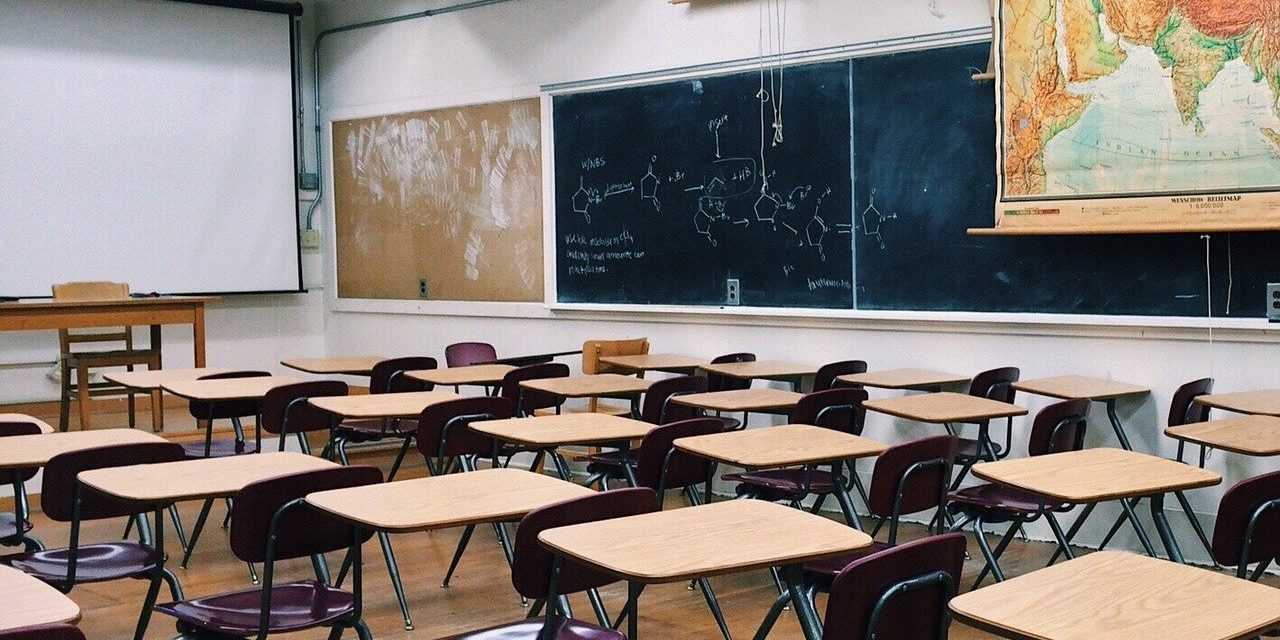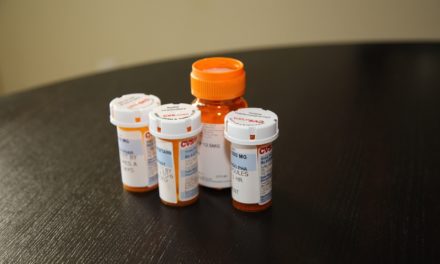To identify which states have the safest conditions for reopening schools, WalletHub compared the 50 states across 15 key metrics.
With some students learning online or experiencing a hybrid of online and in-person classes due to COVID-19, the personal-finance website WalletHub today released its report on the Safest States for Schools to Reopen.
California’s Secretary of Health and Human Services, Dr. Mark Ghaly, announced last week that five more counties have moved from the purple to the red tier on the state’s four-tiered, color-coded monitoring system: Alameda, Riverside, San Luis Obispo, San Mateo and Solano. Schools in counties in the red tier can open for in-person instruction after they have remained in that tier for two consecutive weeks. Nineteen counties are in the red tier.
This announcement brings the total number of counties in purple to 25 and includes 555 districts and 810 charter schools that educate more than 3.6 million public school students, not including private schools. Schools in the purple tier cannot reopen for in-person instruction unless they receive waivers for elementary students in grades K-6 or they adhere to strict guidance for small groups of students.
To identify which states have the safest conditions for reopening schoolhouses, WalletHub compared the 50 states across 15 key metrics. Our data set includes such things as the number of child COVID-19 cases per 100,000 children, the average public-school class size, and the ratio of students to school nurses.
Below, you can see highlights from the report, along with a WalletHub Q&A.
School Reopening Safety in California (1=Safest, 25=Avg.):
- 35th – Child COVID-19 Cases per 100,000 Children
- 19th – Child COVID-19 Deaths per 100,000 Children
- 23rd – COVID-19 Cases in the Last Seven Days per 100,000 Residents
- 1st – Share of K-12 Public School Students Transported Through School Transportation
- 47th – Average Public-School Class Size
- 49th – Pupil-Teacher Ratio
- 49th – Share of Seniors Living with School-Age Children
- 46th – Share of Children Living in Crowded Housing
- 18th – Overall Likelihood of COVID-19 Infections
- 40th – Student-to-School-Nurse Ratio
Q&A with WalletHub
Q: Why is in-person schooling so important for the economy?
A: “In-person schooling is vital for the economy because it both provides temporary supervision for children during the day and most importantly helps students have a better chance of achieving future economic success. During the COVID-19 pandemic, the most immediate concern is that when a child has to stay home to do online schooling, one parent will need to also stay home if the child is not old enough to be left alone. This puts a particularly high burden on single parents who can’t work from home, who may not be able to earn a living while their child remains home,” said Jill Gonzalez, WalletHub analyst. “In the long term, studies show that in-person schooling provides more effective learning for students, in addition to better social development and mental health, compared to online learning. Students who get instruction in the classroom therefore may have better economic futures. Of course, we should put everyone’s safety first, and only open schools in a safe way.”
Q: How can education institutions that are conducting online learning support low-income students with fewer resources at home?
A: “Schools that are conducting online learning have a responsibility to make sure low-income students have access to the same resources as their peers, including reliable devices and Wi-Fi. School districts should provide laptops to students who cannot afford them, as well as set up Wi-Fi hotspots that ensure all students have constant internet access,” said Jill Gonzalez, WalletHub analyst. “Low-income students may also need free lunches each day, and parents should contact their school or visit the USDA website to see where they can pick up those meals while schools remain closed.”
For the full report, click here.
Image Sources
- Classroom: Pixaby





![Enrolling Now, Rewarding Careers Ahead [Sponsored]](https://ukenreport.com/wp-content/uploads/2024/04/COD_heroes_1-1385-2-440x264.jpg)

